Why Is Art Important? – Exploring the Cultural Importance of Arts
This post may contain affiliate links. We may earn a small commission from purchases made through them, at no additional cost to you.
Art has been an integral part of society since ancient times until today. However, the importance of art has deteriorated over the years. Subjects in schools including things like music, art, or drama have been pushed aside, and many students do not go on to study the arts at college or university. However, the importance of art should be taken seriously because what would the world be without the beauty of paintings, music, dance, literature, and other forms of expression. Why is art important is a question many should ask themselves before dismissing the subject as immaterial and unnecessary.
Table of Contents
The Importance of the Arts
The importance of arts should not be underestimated, because if you take away imagination and creativity, life would be rather boring and colorless. All forms of art are ways we express ourselves and our ideas, even forming a part of our identities. However, it is not taken seriously by many, especially where it is most needed in schools. Art is usually the first subject to go when it comes to budget cuts. But is it wise to remove this, especially at a time when young minds are developing and trying to understand the world around them? Art goes beyond politics, language, and cultural boundaries. It can be a way to communicate without saying a word, bringing people from all walks of life together. Why is art important? Below are a few more reasons to consider.

The Benefits of Art
One of the more distinct benefits of learning various art forms is self-expression and developing a way of thinking independently. Fostering an imagination can help to produce more innovative thinking. Participating in art classes also provides a way of inspiring minds and is an enjoyable experience.
Since art is a form of self-expression, it can also help to encourage self-confidence and develop critical thinking.
This is especially helpful in the teenage years when there is a search for identity. Art lessons can help relieve stress, a place where you can momentarily relax and live in the moment, without any outside pressures. Whatever art form you enjoy, can play a role in how you see and relate to others. Below are some more benefits.
- Participating in art can help to improve observation skills.
- Once done with an art project, it offers a sense of achievement.
- In younger kids, art can help to improve fine motor skills.
- Art can help to improve problem-solving skills.
- Creating and performing art makes a way for communication.
- Art is the best way for expressing emotion positively and helping to process emotions.
- All kinds of art can be used to help improve focus.
- The creation process can bring about feelings of freedom.
- Art can help to promote cultural appreciation, making positive connections with others.
Art Is Naturally Within Us All
We all have ways we express ourselves; it might not be with a paintbrush or other conventional art form, it might simply be how you dress, bake, or cook. There is something within us all that is expressed in different ways. Creating things has been something we do from using berries or clay to paint on cave walls to designing the Taj Mahal. Kids are natural artists with no inhibitions and will take to drawing on any surface if given the chance. The artistic side of our personalities is simply more evident in some than others, but it is there for all of us.
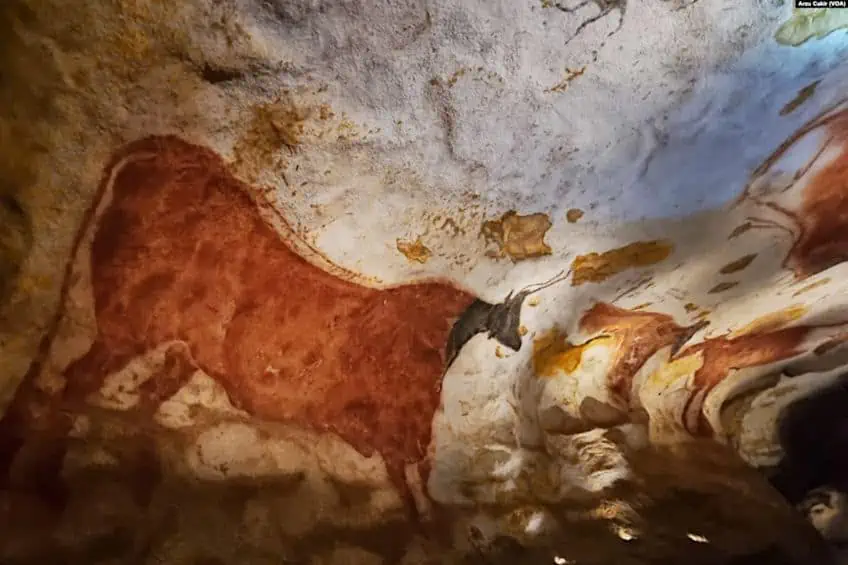
Art Is Everywhere
You might not even realize it, but art is all around us every day. The books we read, shows we watch, the music we listen to, the architecture around us, even the beautiful sunrise each morning. Many of the more subtle and beautiful things of this world go unnoticed in today’s modern and busy world.
Consider marketing and advertising, which uses color, images, and art to influence people.
Art Helps Tell Stories
Art can be seen as a form of communication, whether it is telling or reading stories, painting, or sculpting. You will find many well-known paintings depicting history or something from famed literature. Many art pieces also come from mythical or religious viewpoints. For example, The Last Supper by Leonardo da Vinci (1495 to 1498), or The Birth of Venus by Sandro Botticelli (1485). When viewing an art piece, it should inevitably spark questions and elicit some sort of emotional response.
 The Birth of Venus (1485) by Sandro Botticelli; Sandro Botticelli, Public domain, via Wikimedia Commons
The Birth of Venus (1485) by Sandro Botticelli; Sandro Botticelli, Public domain, via Wikimedia Commons
Others use landscapes, or nature to tell their stories, for example, The Starry Night by Vincent Van Gogh (1889). This was done when he was in a sanatorium and was inspired by the view from his window. The Venetian painter known as Canaletto painted The Grand Canal at the Church of La Salute (1727). This is said to be a precise representation of an urban landscape, also known as a Veduta, which means “view” in Italian. Some have even used art to help clarify their dreams, for example, The Persistence of Memory by Salvador Dalí (1931). This is an example of Surrealism art and a way to express one’s subconscious mind by using dreamlike imagery and symbolism.
Art Is Therapeutic
The importance of arts in health and wellbeing is well documented. Drawing, painting, and other forms of art are successful in helping to lower stress levels. Participating in some form of art regularly can help to improve physical, mental, and emotional wellness. Even professionals have come to realize this, and it has been incorporated into treatment protocols. Art allows you to express yourself without using words, which can be difficult for some people.
Art can be used for many problems including many physical as well as mental issues like depression, post-traumatic stress, terminal illness, eating disorders, and many other issues. You simply feel happy and good when creating something.
When participating in art, the reward system within the brain can be triggered. Even if you think you are not good at art, or you are worried it is not going to come out so great, it still is something that you will find pleasure in. Research has been done where the brain activity was monitored when participants were drawing, doodling, or painting, and they found that there was an increased flow of blood to the area where the brain’s reward center is located. This is why art therapy is recommended for dealing with health conditions like eating disorders or addictions. Creating and making art is more effective than simply looking at art.
Art Is Important to the Economy
It is important to foster art within the community as it can only benefit the economy. Public art, attractions, architecture, theater, and color all add up to creating a wonderful space to live and work in but also attract tourists that are one the major contributors to local economies. The various types of art also display the different cultures and ways people see the world. Art can also transform a gray and dull place into something vibrant and colorful, a place that attracts and becomes a talking point.

Artworks do not only have to be in galleries or museums, having various art in the workplace has been said to improve employee morale. Chosen art pieces can enhance a workspace by creating a relaxing, or more stimulating atmosphere. Landscape artwork may even be able to lower emotions of anger. Art pieces in the home or at work are also said to help to boost productivity, as they can create talking points and inspire more innovative ideas. Art can also encourage social interactions and simply improve the environment.
Art Is Emotionally Powerful
Many of us have listened to beautiful music or gazed at an amazing piece of art. No doubt you experienced some kind of emotion. This can be used to carry over a message or evoke certain emotions on purpose. Even when watching movies, music is a major contributor to what you are feeling. How do you feel when you are at the gym listening to music? Art is also in nature itself; what emotions are brought forward when looking at awe-inspiring mountain vistas? Art is a powerful tool.
Viewing art and creating art can take us within and without ourselves, to experience and view things from different perspectives.
Why Is Art Important in Education?
Art might not be seen as important as other subjects, but when used together with other subjects, it can create a more holistic learning experience. Art not only provides a sense of achievement but makes available all the advantages listed above. There have been studies showing that when art is included in the curriculum, students also showed an improvement in other subjects like languages, math, and science. When being offered art education from grade school upwards, you can develop skills that will help you in the future, and the career you choose. Companies are always searching for innovative and original thinkers, which is what art can develop. Art also helps you to learn to work both independently and, in many cases, collaboratively.

Art can also help to encourage imagination and can be a positive way smaller children can express themselves, especially if they do not understand how to verbally communicate their problem. If you take a closer look at their drawings, it can sometimes reveal the truth about their feelings and what they might be experiencing. Many art skills require patience and practice to master certain techniques, which can translate into determination, flexibility, and problem-solving, which are all sought-after qualities. If you fail, it does not mean the end, but another opportunity to begin again and do things even better due to gained experience. You can learn determination and a commitment to creating your art piece, which are also qualities needed in everyday life.
- You can present difficult ideas visually, to make them easier to understand.
- Drawing and painting can help with fine motor skills.
- Can develop other skills like critical thinking, problem-solving as well as social skills, and more.
- Art teaches techniques needed in academic and work environments, like colors, layouts, how to create balance amongst others. All necessary for things like presentations and other work.
- Incorporating art with other subjects can help students engage better during lessons, helping to improve overall performance.
- All forms of art provide interesting and fun challenges.
- Art can help to connect students to their own culture and others.
- May assist with higher attendance rates and help to reduce bad behavior.
Can Art Be a Career Option?
Today, you have many choices available if you are thinking about going into art and design. There is a place for the creative arts in schools and higher education. Some of the more popular career paths include music, performance arts, architecture, sculpting, gallery assistant, or fine artist. However, there are many other choices available.

You can work in fashion as well as textiles, graphic design, animation, writing, photography, and jewelry design. You can also work as a designer for video and special effects, retail display, personal styling, baking, teaching, makeup, food styling, illustration, and furniture designing.
Why Is Art Important to Culture?
Art can cross cultural boundaries, as it can be understood in any language and all social groups. Music, poetry, imagery, literature, artworks, can all convey messages and ideas that otherwise would be difficult to express.
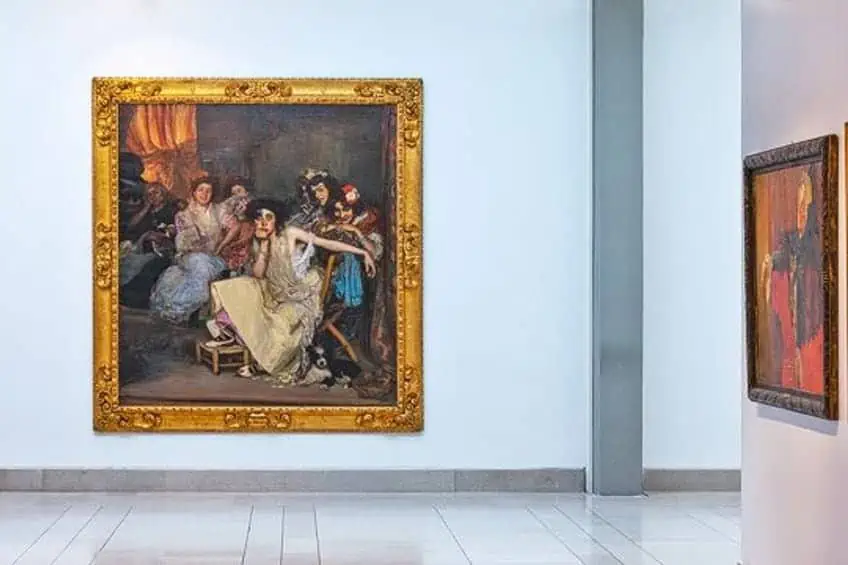
History and Art
Art has always had an impact on society, many ancient and historical figures have left behind artifacts, paintings, and constructions that remain to this day. These can provide glimpses into what life was like then. Through each period in history shows how humanity advanced and developed in art as well as science until what it is today. The ongoing search to learn and discover the world all around us is embedded in both of these important facets of life.
These art pieces or messages from the past should help us to understand some of the mistakes made and to learn from them, or to take ideas and build on them to create something new and better. As with what was created in history, whatever we do today will be a record for future generations.
Another major reason we do art is that it has formed traditions and even rituals people follow. One well-known tradition that most of us have experienced is the wedding. There are a lot of creative skills that are involved in producing the perfect wedding. Many traditional festivals around the world in various cultures, in many cases, involve a lot of color and creativity. Consider the Brazilian Carnival festival.
Studying Art
Studying art can help students understand the diversity and complexities of different cultures and societies. Art has been proven to encourage those from lower-income families to study further and go to college or university. As mentioned, art plays a pivotal role in the economy, creating an innovative and skillful workforce.

When making art subjects available in schools, it is helping to form and create future leaders, engineers, and artists. Not only that but each student involved with the arts is given more of an opportunity to grow and develop their identities. There is also the advantage of fostering empathy and learning how to appreciate the diversity of any given society. This then affects the environments these students are in, creating a better school atmosphere, which will flow into the community.
Art and Understanding Cultural Diversity
There is so much diversity in our world from different races, languages, and religions, it can be difficult to relate. This is where stories, artwork, poetry, and other forms of art can help make it easier to understand each other. Art is the perfect way to express yourself without having to say anything. It helps to break down complex problems and ideas into something everybody can comprehend. Implementing art programs can help to bring communities, and different cultures together. Not only art programs, but things like museums, art galleries, and performance art bring people together both culturally and physically.
Consider how art can elicit emotion, for example, a photographer taking photos of children in a country affected by famine. It should bring attention to the problem and can initiate healthy conversations, which can bring change and help to get aid to those in need. Various music shows and movies have an effect and can make a difference in society, whether it is positive or negative.
In many cases, the various forms of art can tell you where it comes from. For example, most of you will know where origami comes from. Below are some well-known examples of art you can find all around the world.
| Name of Artwork | Year of Artwork | Name of Artist | Type of Art |
| Taj Mahal
| Built-in 1631 | Iranian architect Ustad Ahmad Lahori | Architecture |
| Terra Cotta Army | Between 246 and 210 B.C | Built by the subjects of Qin Shi Huang, who was the First Emperor of the Qin Dynasty | Sculpture |
| Easter Island Statues | Between AD 1400 and 1600. | Rapa Nui people | Sculpture |
| The Last Supper | 1498 | Leonardo da Vinci | Painting |
| David Sculpture | 1501 to 1504 | Michelangelo | Sculpture |
| The Great Sphinx | Around 2603-2578 B.C | Many believe the pharaoh of Egypt’s Fourth Dynasty, Khafre | Sculpture |
| St Paul’s Cathedral | 1675 to 1710 | Sir Christopher Wren | Architecture |
| Sydney Opera House | Construction began in 1959 | Jørn Utzon | Architecture |
The importance of art in culture is important and is a powerful thing that can bring about positive change. It can help to educate people, bring awareness, and help present information that everybody can understand.
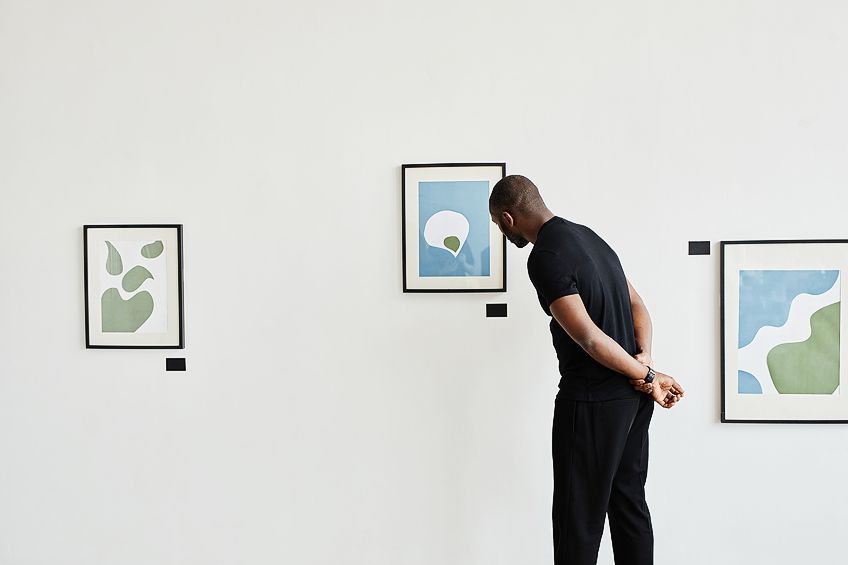
Everybody, no matter what social standing and education experience emotions and have their own experiences in life. Art can be used as a medium to express and discuss issues no matter where you come from, or what your education level is, or what your political views are. Everybody can relate to art.
To answer the question of why is art important, you need to ask yourself what the world would be without it. This is impossible because it is with us every day in all aspects of life. Art is a part of creating our cultures and societies through imagination and expression. Everybody either enjoys doing art or loves some form of art, which makes it an important part of our lives. Take some time to appreciate the art around you, you will not regret it.
Frequently Asked Questions
Why Is Art Important to Culture?
Art has always played a role in influencing society in some way. It is a way to communicate and break down barriers between different cultures, races, and religions. Art is something that can prompt social change. Art can also be something that identifies a community, making it unique, which can attract others, thus creating something that can contribute to the economy.
Is Art Important in Schools?
In many cases, the arts are often neglected in schools. But including and learning art can be an enriching experience. Helping students express themselves and learning valuable skills that can help them in the future. Including art in the curriculum can even help students attain improved results in other subjects. The importance of arts is something everybody should take seriously at schools and other educational institutions.
What Is the Definition of Art?
Is it possible to define art, as there are so many forms and types? However, a basic definition would be how we as individuals and communities express ourselves, using our imagination and creative skills to create art in the form of paintings, dance, music, and more. Art is meant to be valued for its beauty and how it can evoke emotion.
Are There Benefits to Participating in Art?
There are many benefits of being involved with the creative process and art. Not only can it be fun, but it can help boost confidence, improve mood, help with focusing, communication, and improve problem-solving skills, amongst many other benefits.
In 2005, Charlene completed her wellness degrees in therapeutic aromatherapy and reflexology at the International School of Reflexology and Meridian Therapy. She worked for a company offering corporate wellness programs for several years before opening her own therapy practice. In 2015, she was asked by a digital marketer friend to join her company as a content creator, and it was here that she discovered her enthusiasm for writing. Since entering the world of content creation, she has gained a lot of experience over the years writing about various topics such as beauty, health, wellness, travel, crafting, and much more. Due to various circumstances, she had to give up her therapy practice and now works as a freelance writer. Since she is a very creative person and as a balance to writing likes to be active in various areas of art and crafts, the activity at acrylgiessen.com is perfect for her to contribute their knowledge and experience in various creative topics.
Learn more about Charlene Lewis and about us.


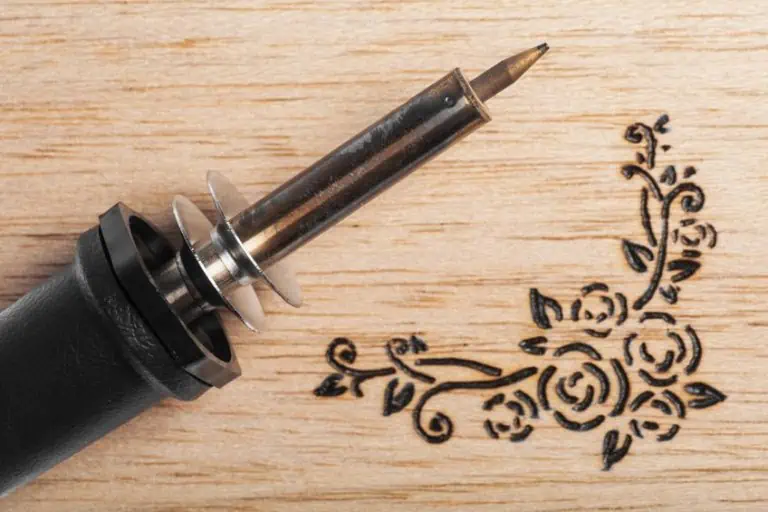

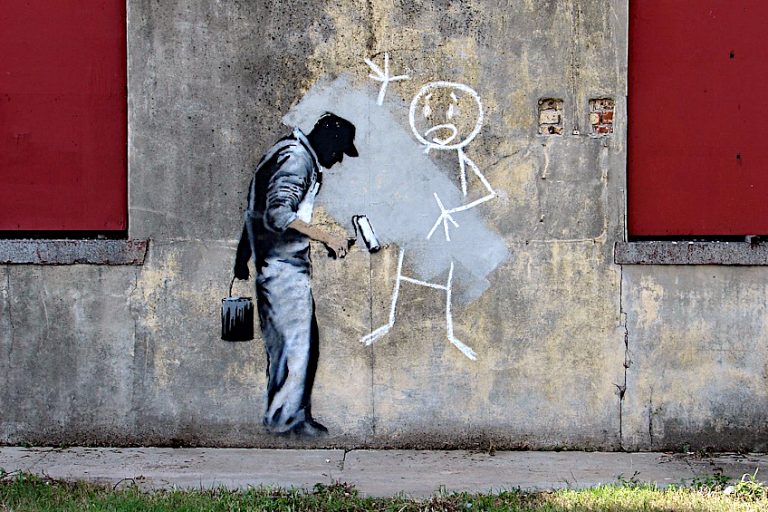
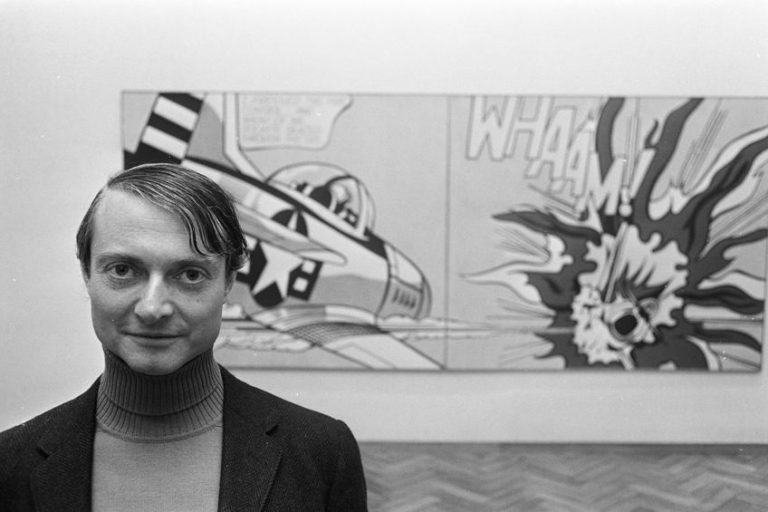
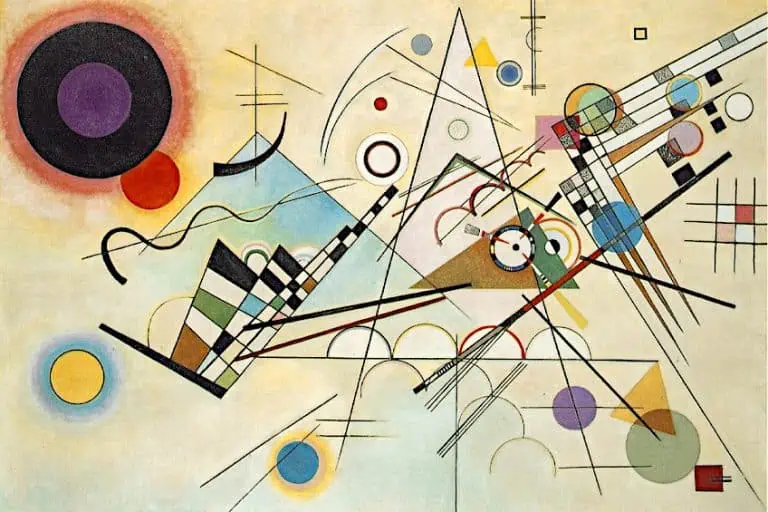
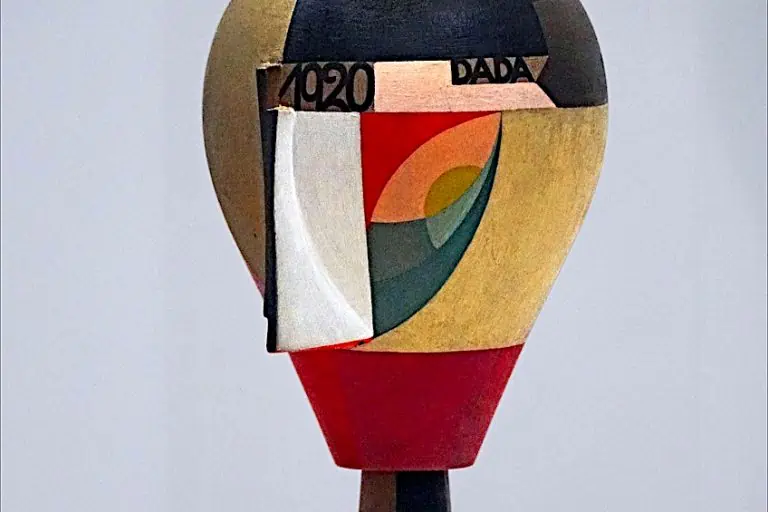
I like that you pointed out how self-expression and developing a way of thinking independently are some of the more distinct benefits of learning various art forms. I was watching a documentary last night and it was quite interesting to learn more about art.